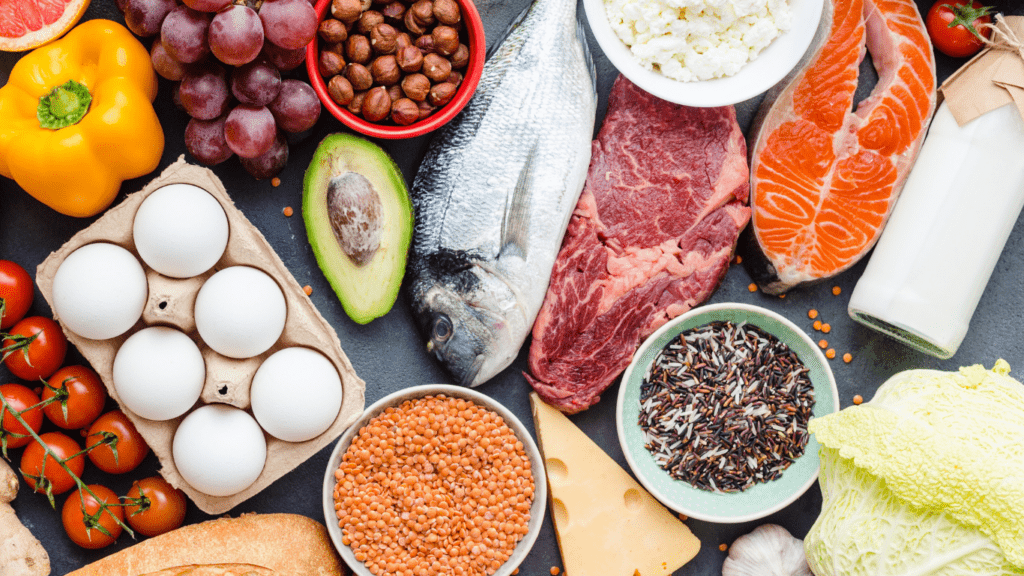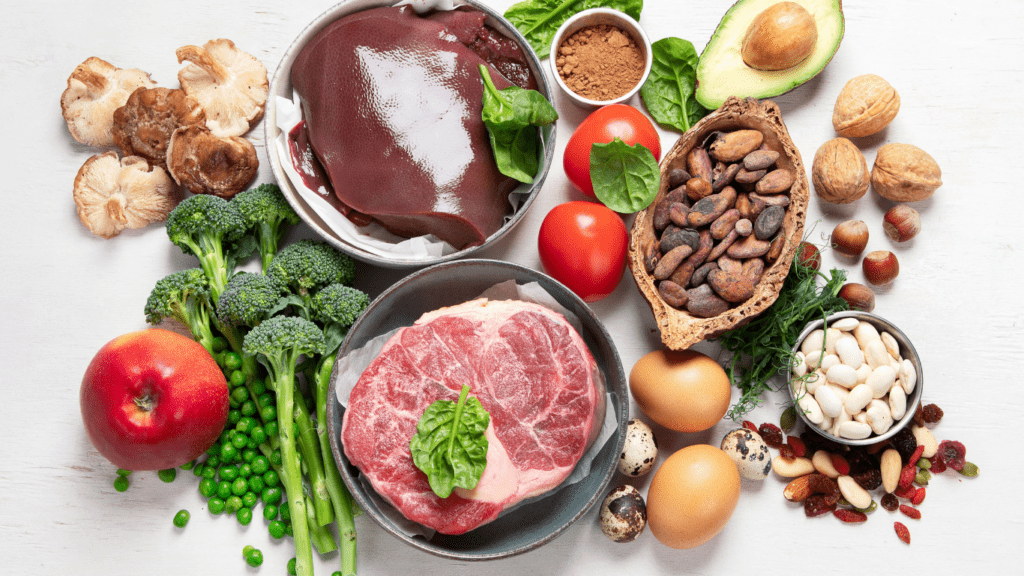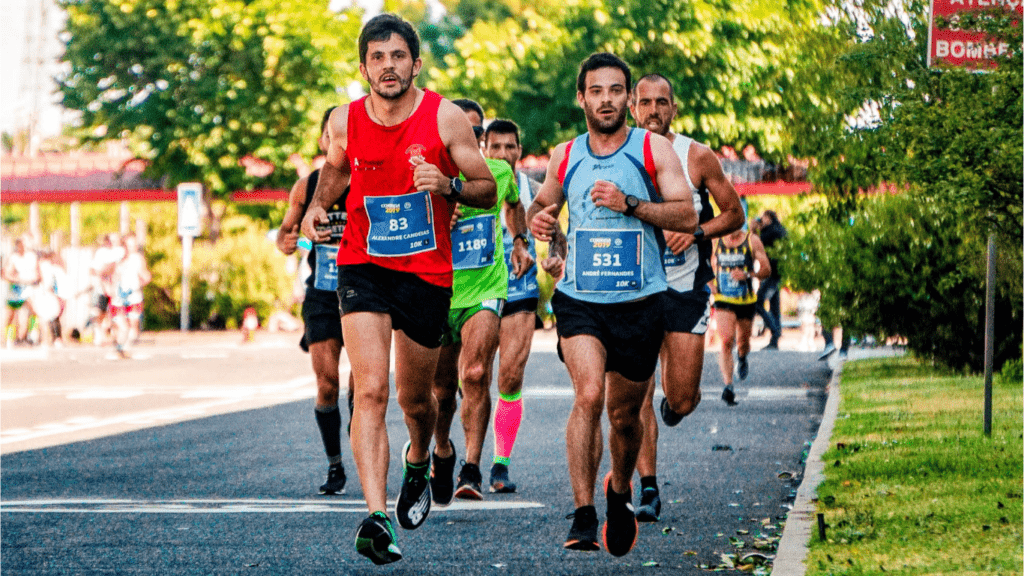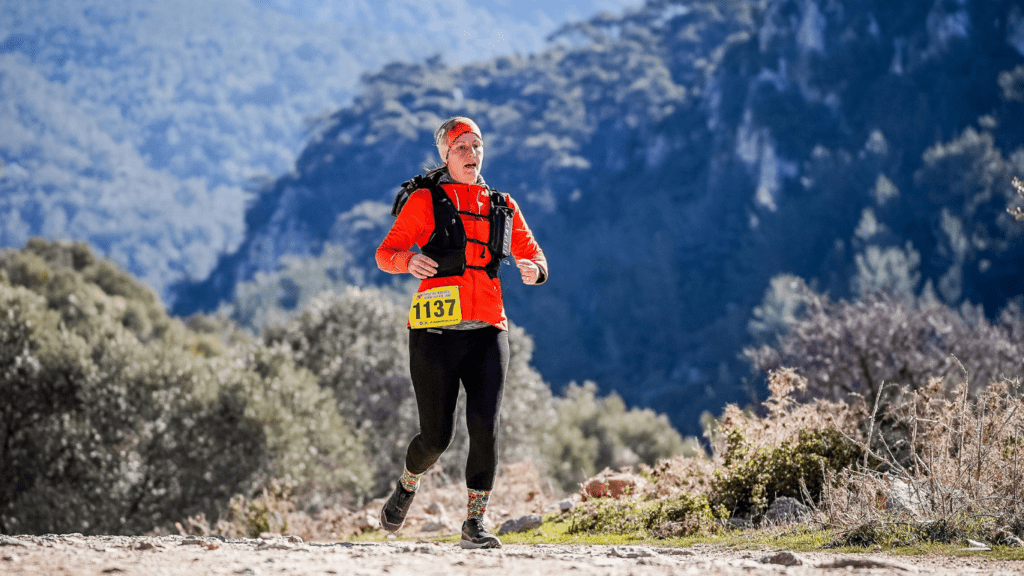When it comes to long-distance sports, success isn’t just about training hard—it’s about fueling smart. I’ve learned that nutrition isn’t just something you do; it’s a skill you develop, especially when endurance is the name of the game. The right approach to eating and hydration can mean the difference between hitting your stride or hitting the wall.
Strategic nutrition isn’t just about what you consume but when and how. Long-distance athletes need to think beyond calories and focus on timing, balance, and hydration techniques that keep energy levels steady. It’s not one-size-fits-all, but understanding the basics can help anyone fine-tune their performance. Whether you’re preparing for a marathon or a cycling event, mastering this skill is as critical as clocking in those training miles.
The Importance Of Nutrition For Long-Distance Athletes
- Proper nutrition determines how the body sustains performance during long-distance events. Long-duration activities like marathons or triathlons demand significant energy, making strategic fueling essential to avoid fatigue or performance decline.
- Carbohydrates serve as the primary source of energy. High-quality carb sources, such as whole grains, fruits, and vegetables, provide easily accessible glucose to fuel prolonged exercise. Athletes often consume glycogen-rich meals 3–4 hours before training or events to maximize energy reserves.
- Protein plays a crucial role in muscle recovery. When consumed post-exercise, lean protein sources like chicken, fish, or plant-based options promote muscle repair and reduce soreness. Aiming for 15–25g of protein within 30 minutes after workouts supports recovery and performance.
- Fat serves as a backup energy source during endurance efforts. Incorporating healthy fats, including avocados, nuts, and seeds, into daily intake supports sustained energy release in extended activities.
- Micronutrients impact energy metabolism and recovery. Key nutrients like iron, calcium, and magnesium are vital for oxygen delivery, bone health, and muscle function. Foods like leafy greens, dairy products, and legumes contribute significantly.
- Hydration prevents dehydration, which reduces endurance and cognitive function. Consuming fluids with electrolytes, especially sodium and potassium, helps maintain hydration and electrolyte balance during prolonged exertion.
- Energy demands and nutritional needs vary based on body weight, activity type, and intensity. Understanding personal caloric and fluid needs ensures optimal fueling strategies for sustained athletic performance.
Strategic Eating For Sustained Performance

Fueling the body strategically is essential for long-distance athletes aiming to maintain consistent energy and avoid fatigue. Proper meal timing and nutrient balance contribute significantly to sustained performance.
Pre-Event Meal Planning
I plan pre-event meals to optimize glycogen stores and ensure energy availability. Consuming a meal rich in complex carbohydrates, like oatmeal or whole-grain pasta, 3–4 hours before the event supports endurance. Including a moderate amount of protein, such as eggs or Greek yogurt, helps stabilize energy release. If it’s a shorter duration or early start, I rely on simple carbohydrates, like a banana or toast with honey, 60–90 minutes beforehand.
Fueling During Long-Distance Events
Maintaining energy during long events requires consistent carbohydrate intake. I aim for 30–60 grams of easily digestible carbs per hour through gels, energy chews, or sports drinks. For events exceeding 2.5 hours, I add small amounts of protein, like a mixed macronutrient bar, to delay muscle fatigue. Staying hydrated with electrolyte-infused water every 15–20 minutes prevents dehydration and sustains performance.
Post-Event Recovery Nutrition
Post-event recovery focuses on:
- replenishing glycogen stores
- repairing muscles
- restoring hydration
Within 30 minutes of finishing, I consume a snack with a 3:1 carb-to-protein ratio, such as a recovery shake or a bagel with almond butter. Follow-up meals include lean proteins like grilled chicken, quinoa, and vegetables to promote recovery. Rehydration includes plain water and electrolyte solutions to address fluid loss.
Hydration Techniques For Long-Distance Success
Effective hydration plays a critical role in sustaining performance during long-distance activities. Maintaining fluid levels supports endurance, regulates body temperature, and prevents performance decline.
Recognizing Dehydration Symptoms
Dehydration negatively impacts endurance and cognitive function. I monitor signs like dark urine, dry mouth, dizziness, and increased heart rate to catch dehydration early. Thirst isn’t a reliable indicator during prolonged exercise, as performance starts declining before thirst sets in. Weight loss exceeding 2% of body weight during an event signals significant fluid loss requiring immediate correction.
Optimizing Electrolyte Balance
Electrolytes like sodium, potassium, magnesium, and calcium maintain fluid balance and prevent muscle cramps. I rely on electrolyte-rich hydration solutions rather than plain water for sessions lasting over 60 minutes. For events exceeding two hours, I consume 500–700 mg of sodium per hour from drinks or electrolyte tablets/flavors. Including foods like bananas, nuts, or sports gels ensures potassium and magnesium balance while supporting sustained hydration.
Developing Nutrition As A Skill
Strategic nutrition involves more than consuming the right foods. It’s about tailoring and refining eating and hydration habits to match individual needs and performance goals.
Personalizing Your Nutrition Strategy
I focus on creating a nutrition strategy that aligns with my body’s unique requirements, activity type, and event duration. Energy needs vary widely; for example, marathon training may demand 8–12 grams of carbohydrates per kg of body weight daily, while ultra-endurance events likely require more consistent calorie intake throughout.
I analyze how my body responds to different foods, testing meal composition and timing to avoid energy crashes or stomach discomfort. Emphasizing high-quality whole foods like oats, leafy greens, lean meats, and nuts ensures nutrient density. Tailoring hydration by monitoring sweat rate and replacing lost fluids and electrolytes during activity supports sustained performance.
Practicing Nutrition During Training
I treat training as a testing ground for my nutrition plan, ensuring it feels intuitive on race day. During long training sessions exceeding 90 minutes, I incorporate small carbohydrate-rich snacks such as energy gels or chews every 30–45 minutes. This practice familiarizes me with digestion patterns and prevents unforeseen issues like nausea or bloating.
Simulating race-day hydration is essential. I calculate fluid intake based on factors like temperature and intensity, aiming for 500–750 ml per hour. Including sodium-rich options maintains electrolyte balance and avoids cramping during extended workouts. Repeating and adjusting these practices helps refine my strategy until performance remains stable and consistent.
Common Mistakes And How To Avoid Them
1. Inadequate Pre-Event Nutrition
Athletes often skip or under-eat before events, leading to insufficient glycogen stores. To avoid this, I recommend consuming a meal rich in complex carbohydrates with moderate protein 3–4 hours before the event. Include foods like oatmeal, whole-grain bread, and eggs to optimize energy levels without causing digestive discomfort.
2. Ignoring Hydration Needs
Many rely solely on thirst to guide their hydration, which can result in dehydration. I ensure proper hydration by drinking water consistently in the hours leading up to the event and using electrolyte-enhanced drinks during activities lasting over 60 minutes. Stick to 16–20 oz of fluids 2–3 hours before starting and monitor urine color as an indicator of hydration status.
3. Overloading on Carbohydrates
Some athletes consume excessive carbs close to an event, causing bloating or energy crashes. Instead, I time carb loading over multiple days before the event to maximize glycogen stores effectively. Incorporate manageable portions like sweet potatoes, rice, and bananas progressively rather than loading them all at once.
4. Neglecting Electrolyte Balance
Replacing fluids without electrolytes during long sessions can lead to imbalances like hyponatremia. I address this by incorporating sodium, potassium, and magnesium through sports drinks or snacks like salted nuts and bananas, particularly during events exceeding two hours.
5. Skipping Mid-Event Fueling
Some avoid eating during activity due to fear of digestive troubles, risking energy depletion. I practice mid-event fueling by training my gut with small, easily digestible snacks like energy gels, dried fruits, or chews during long efforts to ensure sustained energy.
6. Treating Recovery as Optional
I often see recovery nutrition overlooked, which undermines muscle repair and glycogen replenishment. After finishing an event, I focus on a carb-to-protein ratio of 3:1, such as a recovery shake with milk and a banana or a sandwich with lean protein, to accelerate recovery.
7. Using Untried Strategies on Race Day
Many experiment with new foods or drinks during competitions, increasing the risk of discomfort or poor performance. To prevent this, I test all nutrition and hydration strategies during training, including pre- and mid-event options, ensuring reliability under race-day conditions.



 Lead Training Analyst
Lead Training Analyst
